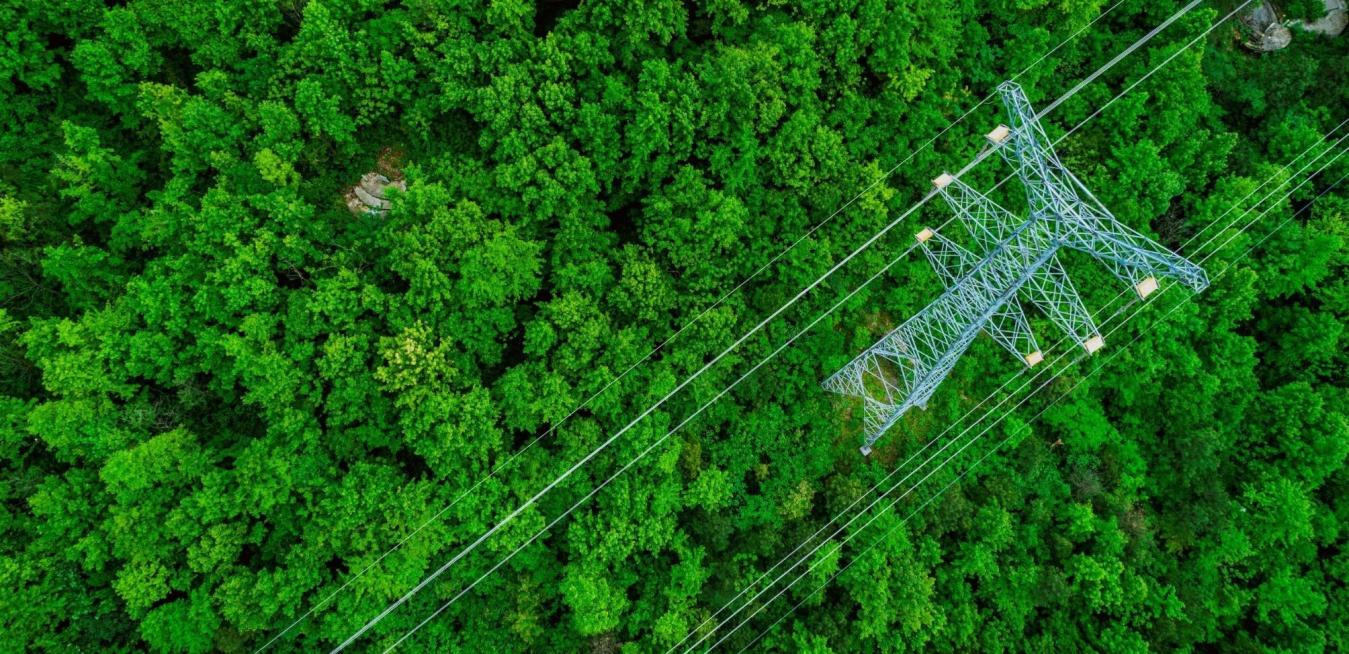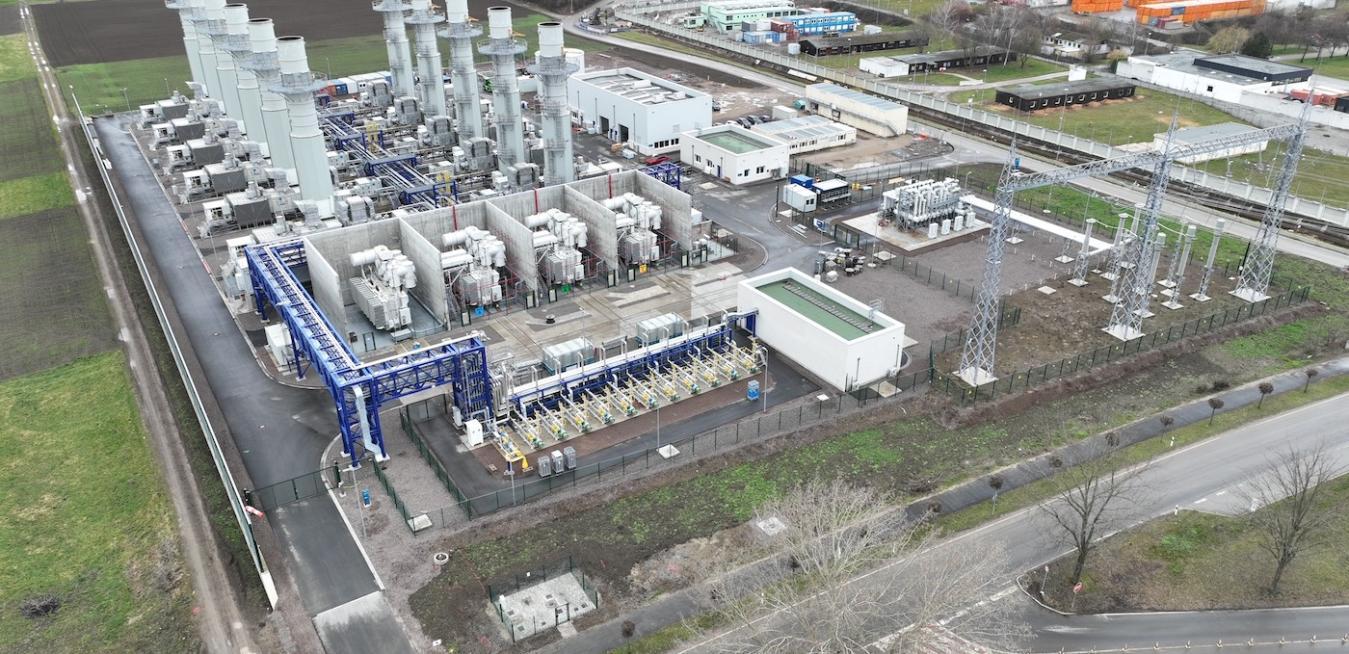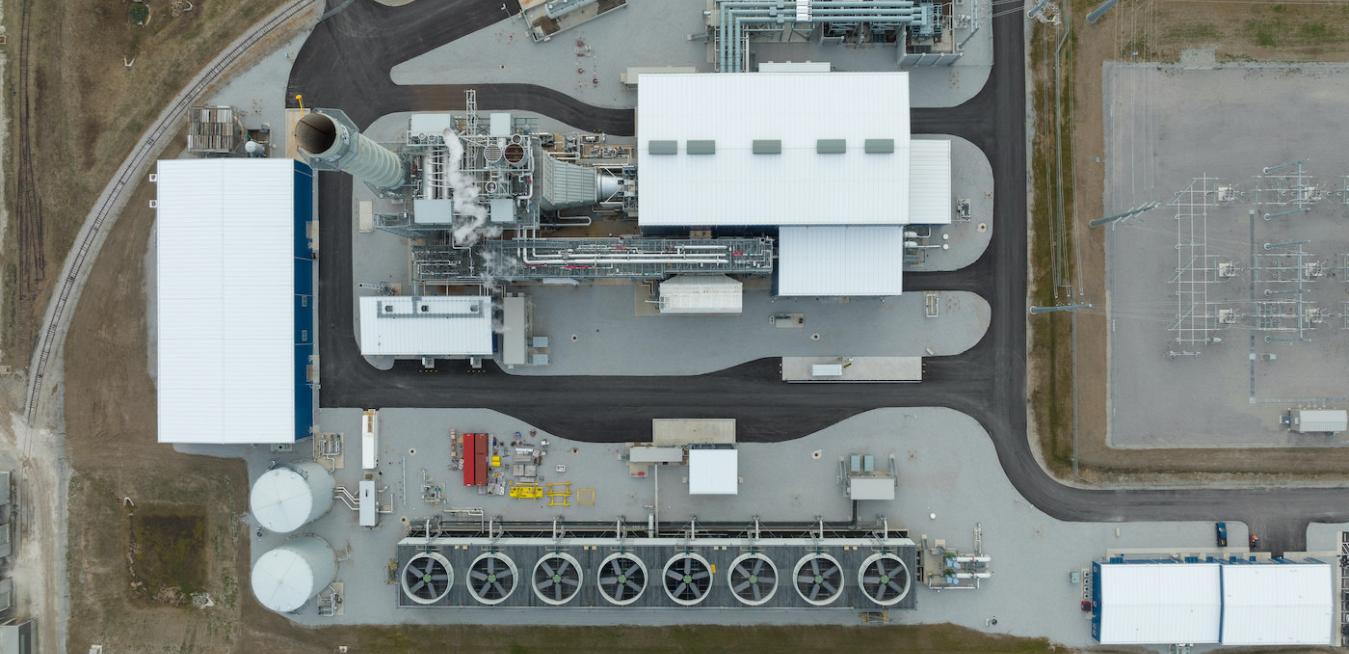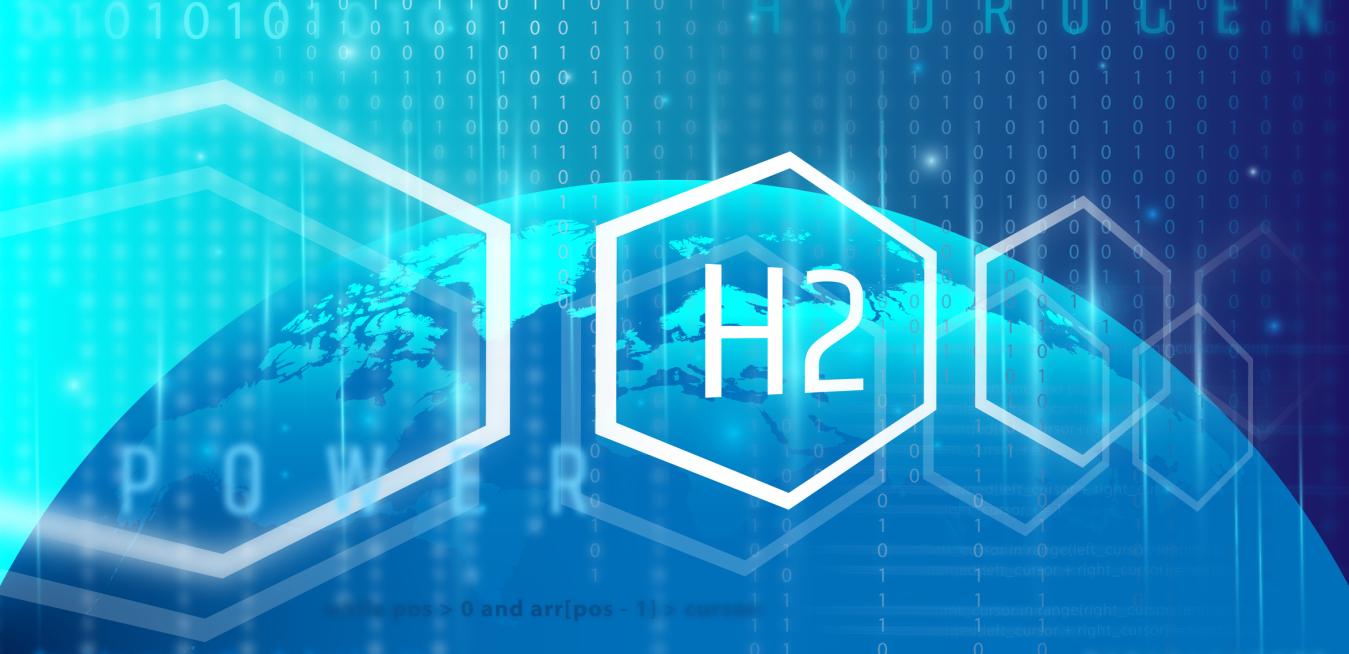- Whitepaper on energy transition builds on GE’s commitment to carbon neutrality in its operations by 2030 and announced intention to exit the new-build coal power market[1]
- Renewables supported by gas-fired power and ongoing coal-to-gas conversion most impactful way to reduce carbon emissions in near term
- Multiple pathways to operate with low or zero-carbon emissions through gas-fired offerings including through hydrogen and carbon capture technologies
- New customer agreements with
business unit
tags
The world needs a breakthrough to lower emissions from heavy industry, and a solution may be brewing in Japan. IHI Corporation, one of the country’s oldest manufacturers, and GE Vernova have teamed up in recent years to work to unlock the secrets of ammonia. Under their latest joint development agreement, signed on Christmas Day 2023, the companies will work for the next two years developing technology to combust ammonia in turbines that normally run on natural gas.
“GE’s a 130-year-old company founded by Thomas Edison. And it’s changed a lot over 130 years. But we’ve always had one thing in common: using innovation and technology to lift up the quality of life for people everywhere. That’s never been more important than it is today.”
About three years from now, some 80 miles off the coast of Yorkshire, England, the world’s biggest wind farm is scheduled to begin operation. The facility, called Dogger Bank — which will be powered by GE Vernova’s Haliade-X 14-megawatt (MW) wind turbines — is expected to generate 3.6 gigawatts (GW) of electricity, an amount equivalent to that needed to power 6 million homes in the U.K.
If you’re a regular user of electricity, you’re familiar with this scenario: A thunderstorm booms, lightning streaks across the sky, and the room suddenly goes dark. Usually, the electricity whirs back on within a couple of seconds. But if the storm downed a utility pole, it could be hours; if it took out a substation, you’d better stock up on candles and shelf-stable provisions.
As climate change breeds harder rains and stronger winds, we can expect more frequent, and longer, power outages. But what if utilities could prepare in advance?
One door closes, and another opens. Not far from one of Germany’s many retired nuclear power plants is a new kind of generator, never before seen on the country’s electricity grid. Opened in March, the 300-megawatt (MW) Biblis Grid Stability Power Plant has one job and one job only: to ensure stability in tense grid situations, when supply and demand are out of balance. In the energy system of the future, such flexible operating resources are important for secure grid operation.
In the summer of 2021, the New York Power Authority (NYPA) announced that it would be conducting a pilot project to temporarily replace natural gas with a green hydrogen/natural gas blend at its Brentwood Power Station on Long Island, to explore how varying percentages of hydrogen fuel would perform in the power station’s equipment and what the emissions impact would be. According to findings announced in late September, the results so far are very encouraging.
At this week’s Milken Institute Global Conference in Los Angeles, GE Chairman and CEO Larry Culp said there was “no one technology that will carry the day” when it comes to the energy transition. Instead, he said, the world needs to deploy a variety of approaches to address what he called the “trilemma” — reliability, affordability, and sustainability. “In many respects, we need just about everything that we can muster, both in terms of what we have today and what we’ll have as a result of innovation going forward,” he said.
The hills and valleys of eastern Ohio are no strangers to energy revolutions. Some 200 years ago, settlers in what is now the town of Caldwell drilled the first working oil well in the United States. Earlier this month, a new power plant located an hour away in the village of Hannibal, on the Ohio River, produced electricity with a fuel mix containing hydrogen.
Hydrogen has a lot going for it. It’s the most abundant element in the universe, and here on earth it’s pretty much everywhere. It can also pack a lot of energy — much more than natural gas or oil — and when it burns, the by-products are water and heat. Its downside, however, is that it likes to hang out with other elements. It forms stable molecules with them, which we need to break up — by adding energy — before we can use it as a fuel.













